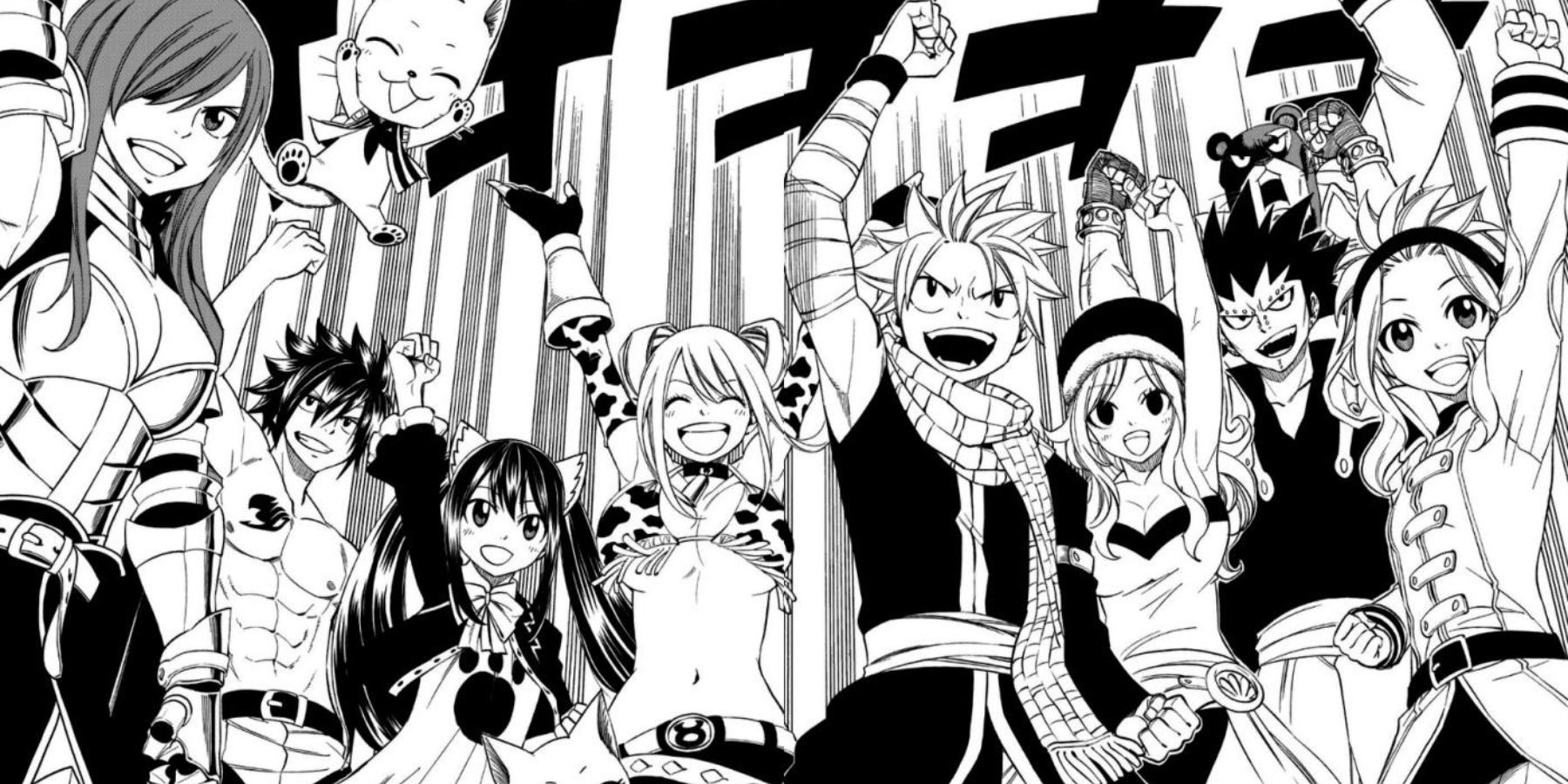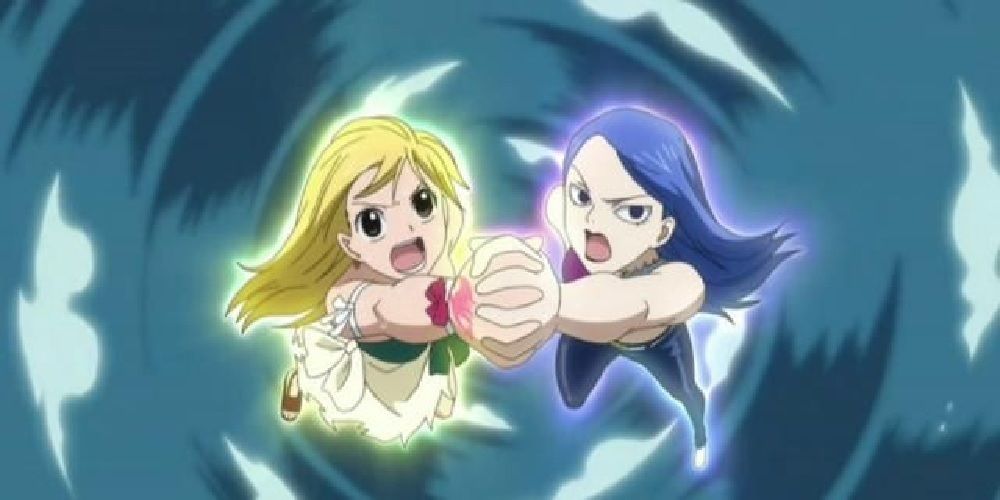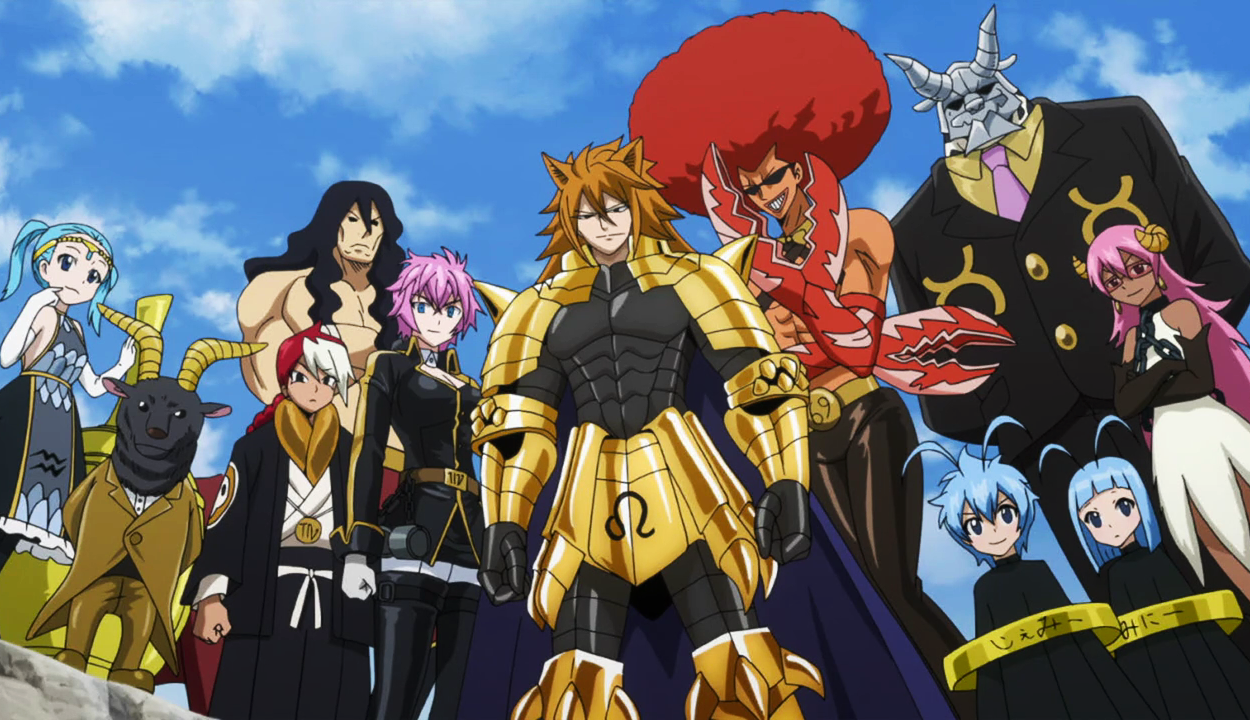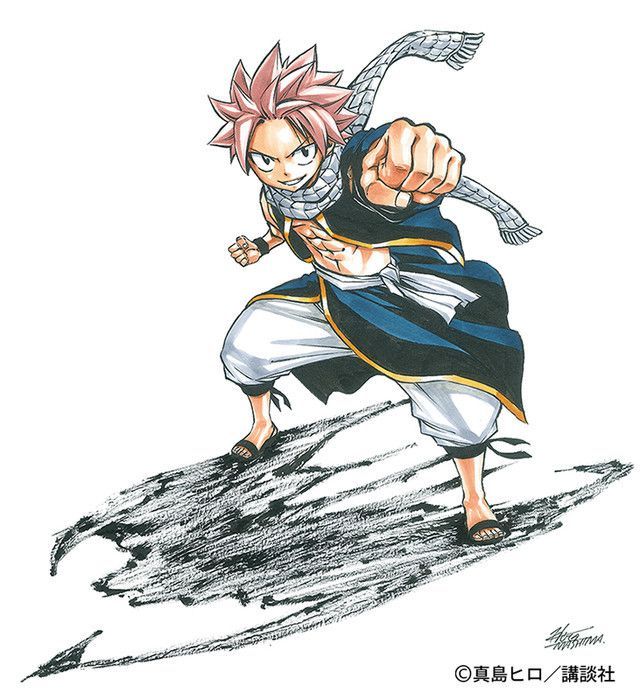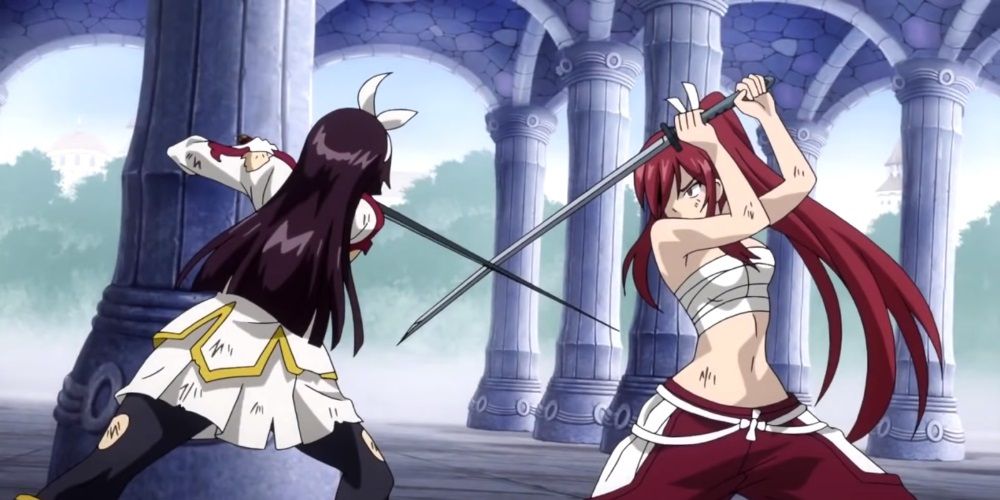Fairy Tail is perhaps one of the most divisive franchises when it comes to manga and anime fans. Some believe that the anime is of a lower quality than the manga, others only prefer the anime for being simples and more focused on fun. Despite that it still managed to be huge among shonen fans. The manga collected close to 75 million copies sold, and the anime remains one of the most popular shonens of the 2010s.
Rising up at the same time as One Piece and Naruto, Fairy Tail is considered very similar but inferior to them in many ways. Specially since the last season of the anime aired, it has earned a very negative image that is stopping a lot of people from giving it a try. Perhaps, this constant debate between manga and anime also contributes to the environment surrounding Fairy Tail which has distorted its impact and enjoyable parts. Truth is, the detractors of Fairy Tail's anime have some good points behind their cause that are worth considering.
The Infamous Fillers
This can't surprise anyone as this is always the same conversation when it comes to comparing shonen manga and its anime adaptation. Naruto has been condemned as many times if not more for the ridiculous amount of filler arcs in the series. In the case of Fairy Tail, the filler arcs do nothing but make the series' flaws stand out even more. Fairy Tail as a franchise has always been blamed for the constant fan service content and the reliance on the power of friendship to win every battle. It's the epitome of shonen stereotypes that have caused some damage to the image of the genre.
This is basically the summary of the filler arcs. Constantly focused on Lucy wearing all kinds of outfits with very weak plots and going on for a ton of consecutive episodes. At least, the percentage of filler content is not as high as other shonen series of the time, 19% of Fairy Tail consists of filler arcs, with 61 total episodes. To be fair, mixed filler/canon episodes add another 11 episodes that are not completely canon.
The solution or defense for the fillers arcs is to just skip them while watching the show. Nonetheless, the overall value of the anime it's unequivocally affected by them. The fans that watched the Fairy Tail anime during its release couldn't avoid the filler arcs, making a lot of them jump to the manga. Moreover, the manga had a grand total of 8 spin-off stories between 2014 and 2018 that were never adapted to the anime, so even with the fillers they still managed to had less content to offer.
The Design and Censorship
Another of the most criticized aspects of the adaptation made by A-1 Pictures, Dentsu Entertainment, Satelight, and later CloverWorks. This time the issues are not that common in the shonen ecosystem. The artwork of Hiro Mashima, the creator of Fairy Tail, it's being praised in numerous occasions by fans and colleagues, compared with the work by Eiichiro Oda in One Piece. However, the transition to the anime didn't win over a lot of fans.
The art is simply not the same. The anime feels rushed and even with the advantage of having color it doesn't transmit the same emotions nor has the attention to detail and perfect drawing of Hiro Mashima. It gets even worse with time, the studio changes eliminated any sensation of continuity and the animation itself went down in quality. The fight scenes tend to be better animated, but all the colorful magic and the sound doesn't fix the overuse of stills which are poorly designed and executed. Furthermore, some battles were greatly extended in most cases to draw out the episode time, giving rise to the repetition of the same still in different parts of the fight. The single thing the anime has over the manga in those situations is the voice acting, accompanied by the soundtrack, something a manga obviously can't have.
The icing on the cake is censorship. Shonen is a genre characterized by censoring a lot of scenes when adapted to animation. One of the most well-known cases of censorship is Dragon Ball but almost every one of them contains some level of changes in that sense. Fairy Tail doesn't fall behind in that category, in fact, they censor a variety of things. The obvious one is the violence, the gore and bloody scenes are replaced by plain undamaged characters. The rare ones are for example, the removal of Gray smoking, or getting rid of excessive fan service, which is something that exists even by Fairy Tail's standards (this last one is a positive way to censor).
In conclusion, it's perfectly understandable that all of these differences, some small details, some big changes, affect the fans' impression and consequently create a preference. It goes without saying that the manga has its own issues, without a doubt, and if Fairy Tail never gained more popularity is because it probably didn't deserve it. It feels underwhelming, because given its world, story and characters, it had all it needed to be a more than successful shonen.

